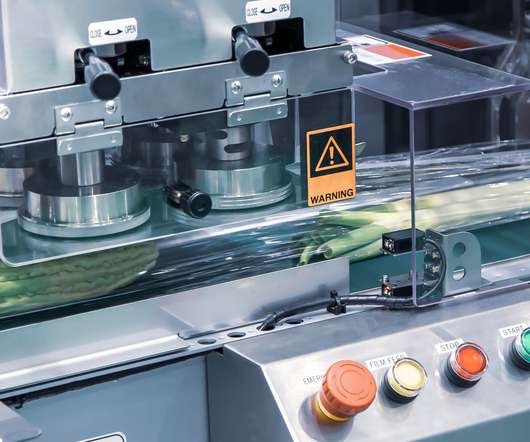Measuring Up?
Supply Chain Shaman
MARCH 28, 2016
To help, in this post, we provide you with some insights for the period of 2006-2015. In our analysis, only one out of ten companies successfully improves operating margins and inventory turns at the same time. The analysis is for two time periods: 2006-2015 and 2009-2015. A Look at History. Resiliency.


























Let's personalize your content